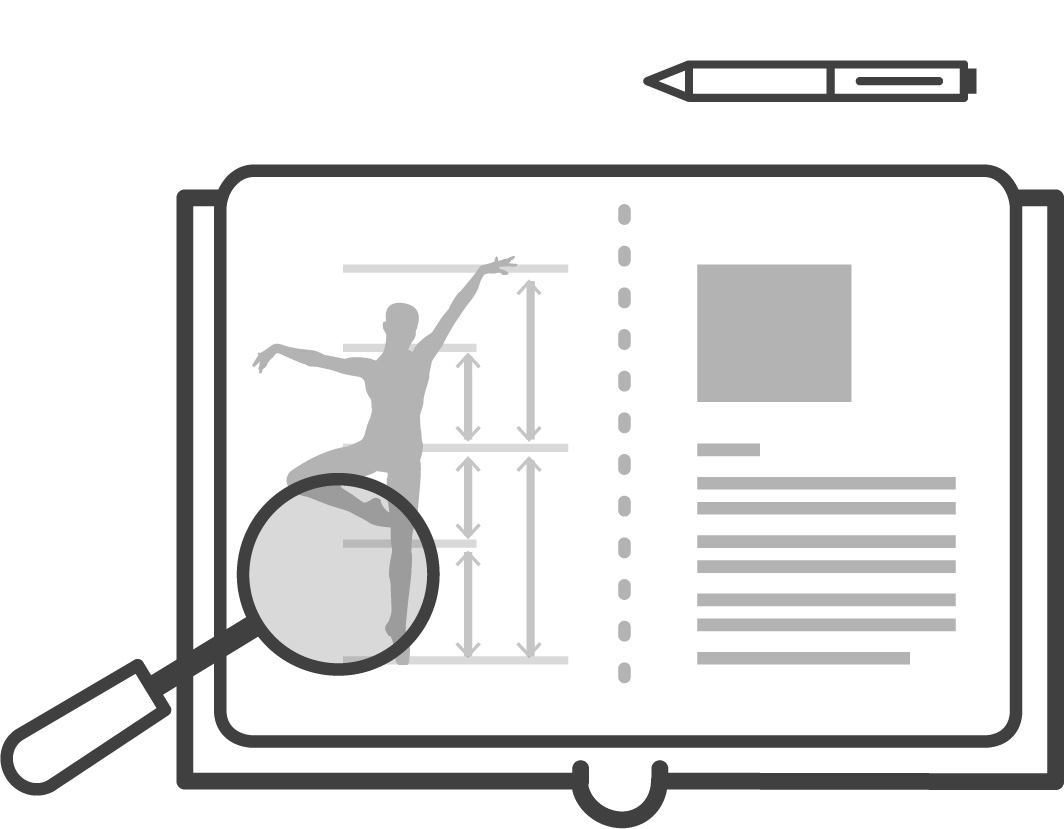
Investigate bodily knowledge by applying similarity search tools, computational models, emotional content analysis and techniques for the automated analysis of non-verbal expressive movement to dance data that will help investigate principles, vocabularies, mental imagery and simulation connected to dance practices.
WhoLoDancE is based on a spiral design approach involving coupled interactions between technical and psycho‐pedagogical partners, aiming to investigate cognitive hypotheses concerning the mirroring behaviour and its learning efficacy. Dance teaching is, by nature, multimodal. The borders between formal and informal dance learning are vague, the question of offering personalized paths creates an interdisciplinary challenging research issue.
Dance, whether regarded as a creative bodily activity is highly complex by its nature. WhoLoDancE utilises the integration of different forms of capture and projection of dance to investigate the relation of Movement and sound within a variety of dance genres revealing important insights into more general research questions such as mind/body interaction and bodily knowledge in general. The movement captured, segmented, and organized in data libraries will be integrated within a custom WhoLoDance platform that will make possible to identify similarities based on a variety of descriptors in recorded motion. In order to apply multiple tools and techniques for automated search and analysis of the dance data, high-level ontologies/vocabularies (syllabi, movement qualities, movement principles, moods, etc.) for knowledge representation will be developed within the project and based on questionnaires and interviews conducted with dancers, dance teachers and experts.
